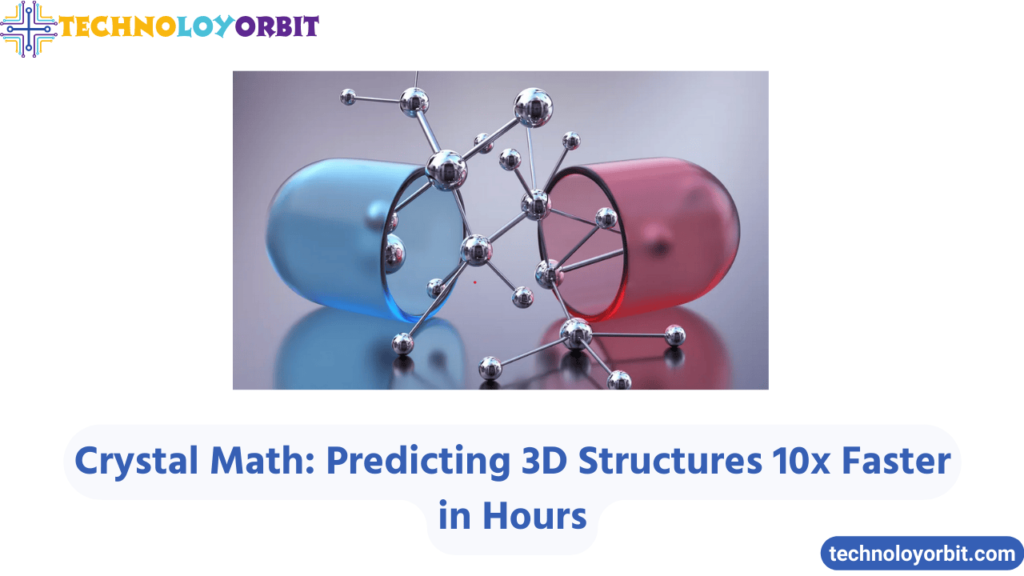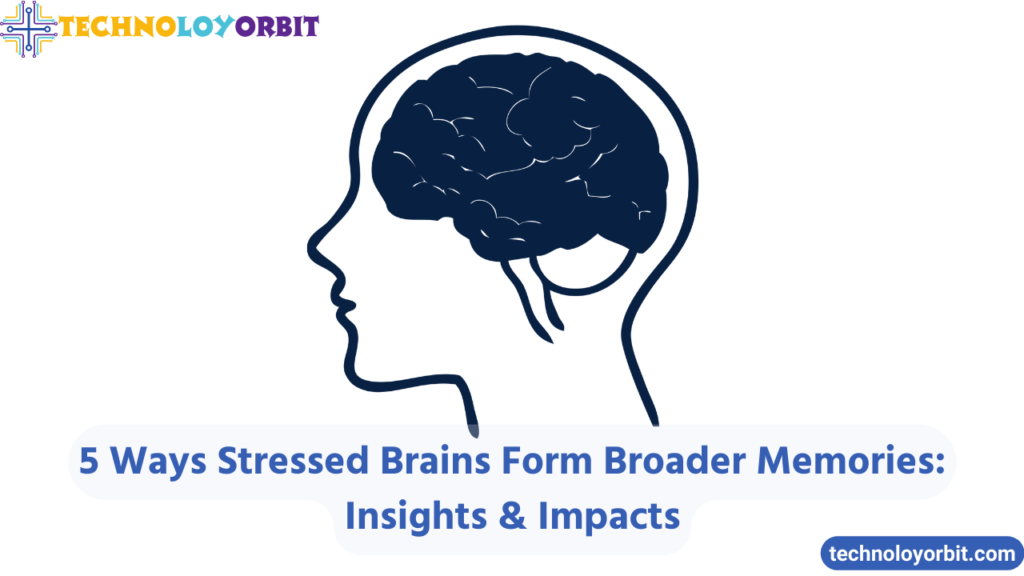Crystal Math predicts 3D crystal structures with speed and accuracy, reducing processing time from months to hours and enhancing efficiency across industries like pharmaceuticals and materials science.
The prediction of 3D crystal structures is essential in modern material science, pharmaceuticals, and computational chemistry. However, traditional methods to determine these structures have been notoriously time-consuming and resource-intensive. Enter Crystal Math, a cutting-edge computational approach that promises to transform how scientists approach crystal structure prediction (CSP).
This revolutionary technique enables researchers to predict complex molecular arrangements in hours rather than months, marking a significant leap in scientific capabilities. By leveraging advanced algorithms and machine learning, Crystal Math simplifies the intricate process of predicting 3D crystal configurations, saving time, resources, and costs.
In this article, we explore the potential, methodologies, and impact of Crystal Math on research and innovation across industries, while addressing the challenges it solves and its future implications.
What Is Crystal Math and Why Is It Important?
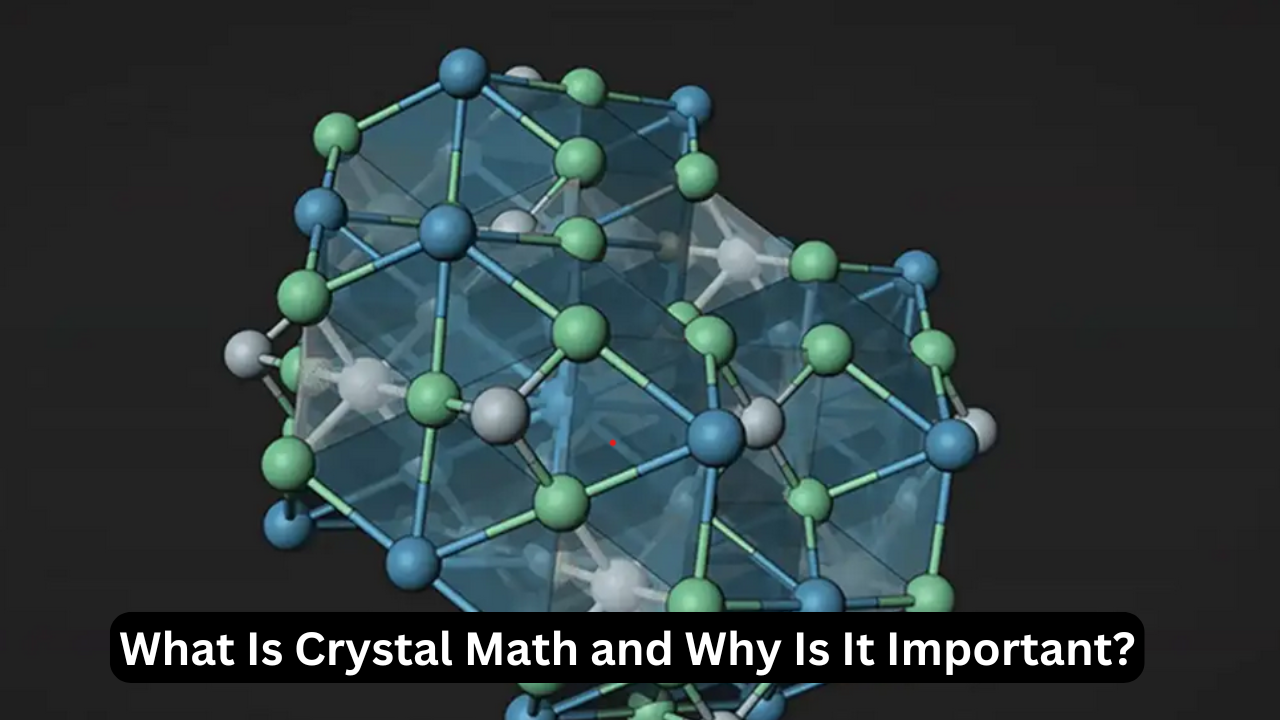
Crystal Math is an innovative computational method designed to accurately and quickly predict the three-dimensional structures of crystals. Crystals are materials formed by repeating patterns of atoms or molecules in space, and understanding their structure is critical for designing advanced materials, optimizing pharmaceuticals, and developing novel technologies.
The ability to predict 3D crystal structures is invaluable because:
- Material Properties Depend on Structure: Crystals’ mechanical, electrical, and optical properties are determined by their atomic arrangement.
- Pharmaceutical Relevance: Predicting how molecules pack into a solid form is critical for drug stability, solubility, and bioavailability.
- Energy Applications: Advanced materials for solar cells, batteries, and semiconductors depend on precise structural knowledge.
Traditional methods relied on exhaustive trial-and-error approaches using vast computational resources. In contrast, Crystal Math employs machine learning and data-driven algorithms to predict structures faster, with significantly greater efficiency.
How Traditional CSP Methods Work
To appreciate the impact of Crystal Math, it’s crucial to understand the limitations of traditional crystal structure prediction (CSP) methods:
1. Computational Time and Complexity
Traditional methods required simulating all possible atomic arrangements to identify the most stable structure. This process could take months due to the sheer number of configurations and the complexity of the calculations involved.
2. High Computational Costs
Simulations required access to supercomputers and massive energy consumption, limiting their feasibility for small research institutions.
3. Limited Scalability
As the complexity of the molecule increased, traditional methods became exponentially slower and less efficient.
These issues hindered innovation in fields like drug discovery and advanced material design. Crystal Math resolves these challenges by employing intelligent algorithms that reduce computation time while enhancing accuracy.
The Technology Behind Crystal Math
1. Machine Learning in CSP
Machine learning models analyze large datasets of known crystal structures to recognize patterns and predict stable atomic arrangements. By training these models with millions of examples, Crystal Math becomes increasingly accurate.
2. Energy Minimization Techniques
The stability of a crystal structure depends on its energy state. Crystal Math uses advanced algorithms to pinpoint the lowest energy configuration, ensuring predictions align with physical realities.
3. Data-Driven Predictions
Unlike traditional brute-force methods, Crystal Math uses data-driven models that reduce redundancy. This approach eliminates unnecessary simulations and focuses on likely configurations.
Why 3D Structure Prediction Matters
The ability to predict 3D crystal structures impacts multiple industries:
1. Pharmaceuticals
Pharmaceutical companies need to understand how molecules arrange themselves in solid forms to optimize drug performance. Poorly understood crystal structures can lead to issues like low solubility, reduced efficacy, or instability during manufacturing.
2. Advanced Materials
From aerospace alloys to semiconductors, designing materials with precise properties requires accurate CSP. Materials with optimal strength, flexibility, and conductivity are often the result of specific crystalline arrangements.
3. Renewable Energy
Photovoltaic materials, such as those used in solar cells, rely on crystalline structures for efficiency. Predicting these arrangements accurately accelerates the development of better energy solutions.
How Crystal Math Solves Key Problems
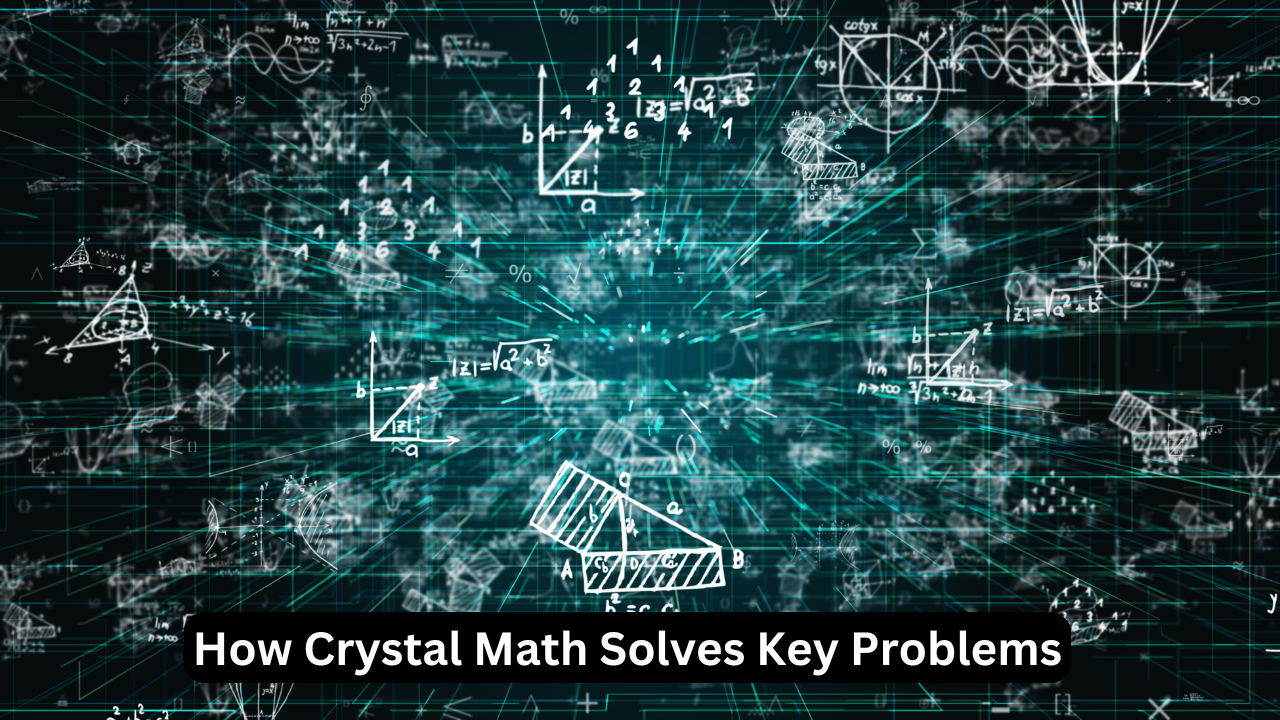
1. Time Efficiency
By reducing computation time from months to hours, Crystal Math accelerates research pipelines. Researchers can focus on testing and application rather than waiting for simulations.
2. Cost Reduction
With optimized algorithms, the cost of predicting 3D structures decreases significantly. This accessibility democratizes CSP, making it available to smaller research teams and startups.
3. Improved Accuracy
Machine learning ensures predictions are based on real-world data, minimizing errors and providing consistent results.
Advantages of Crystal Math
The following table compares traditional CSP methods with Crystal Math, showcasing its transformative benefits:
| Feature | Traditional CSP | Crystal Math |
|---|---|---|
| Prediction Time | Months | Hours |
| Computational Costs | High | Low |
| Accuracy | Variable | Reliable |
| Usability for Complex Molecules | Limited | Extensive |
| Energy Efficiency | Low | High |
This comparison highlights why Crystal Math is becoming the preferred choice for crystal structure prediction.
Key Applications of Crystal Math
1. Drug Design
Crystal Math aids in predicting how drugs crystallize, enabling pharmaceutical companies to optimize stability and effectiveness. For example, it can identify polymorphs (different crystal forms) that improve drug performance.
2. Material Innovation
Engineers can use Crystal Math to develop materials with specific properties, such as lightweight composites for aerospace or flexible polymers for electronics.
3. Nanotechnology
Understanding 3D structures at the atomic level is crucial for creating nanomaterials with unique functionalities, such as self-healing materials or targeted drug delivery systems.
Challenges Facing Crystal Math
While Crystal Math offers remarkable benefits, it is not without its challenges:
1. Dependence on Data Quality
The accuracy of machine learning models depends on the datasets they are trained on. Incomplete or biased datasets can lead to less reliable predictions.
2. Learning Curve
Implementing Crystal Math requires expertise in computational chemistry and machine learning, making initial adoption challenging for some researchers.
3. Integration with Experiments
Predicted structures must still be validated through experimental techniques, requiring collaboration between computational and experimental scientists.
Future Prospects of Crystal Math
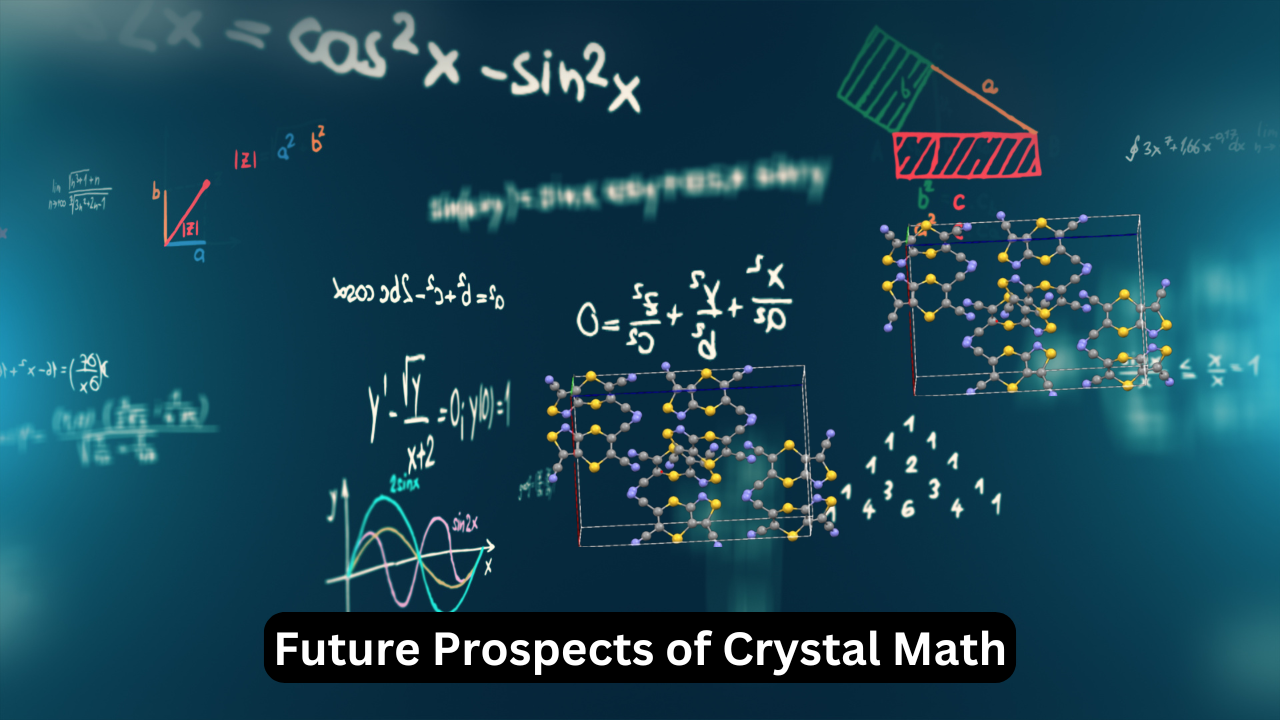
The potential of Crystal Math extends far beyond current applications. As machine learning models improve and datasets expand, the technique could become the gold standard for CSP. Future developments may include:
- Integration with Experimental Techniques: Bridging theoretical predictions with practical validation.
- Automated Design Systems: Fully automated pipelines for material design and drug discovery.
- Open-Source Frameworks: Expanding access to Crystal Math for researchers worldwide.
FAQs About Crystal Math
1. What is Crystal Math?
Crystal Math is an advanced computational method for predicting 3D crystal structures using algorithms and machine learning.
2. How does Crystal Math work?
It employs machine learning models and energy minimization techniques to predict stable atomic arrangements in crystals.
3. Why is Crystal Math better than traditional methods?
It is faster, more accurate, and less resource-intensive, making it a more efficient solution for CSP.
4. What industries benefit from Crystal Math?
Pharmaceuticals, material science, and renewable energy are among the industries leveraging Crystal Math.
5. Is Crystal Math expensive to implement?
No, its optimized algorithms reduce computational costs, making it accessible to smaller research teams.
6. What challenges does Crystal Math face?
Key challenges include data quality, a learning curve for implementation, and integration with experimental techniques.
7. Can Crystal Math predict all crystal structures?
While highly versatile, its accuracy depends on the complexity of the molecule and the dataset quality.
8. What’s the future of Crystal Math?
The future includes integrating it with experiments and expanding its applications across more industries.
Conclusion: Crystal Math as a Game-Changer in Science
Crystal Math has redefined how scientists approach the prediction of 3D crystal structures. By drastically reducing time and cost while improving accuracy, it has opened new avenues for innovation in pharmaceuticals, material science, and energy research.
As researchers refine this technology and expand its applications, Crystal Math is set to become an indispensable tool for advancing science and technology. This revolutionary approach not only addresses long-standing challenges in CSP but also paves the way for discoveries that were previously unimaginable. Please follow out blog Technoloyorbit.

